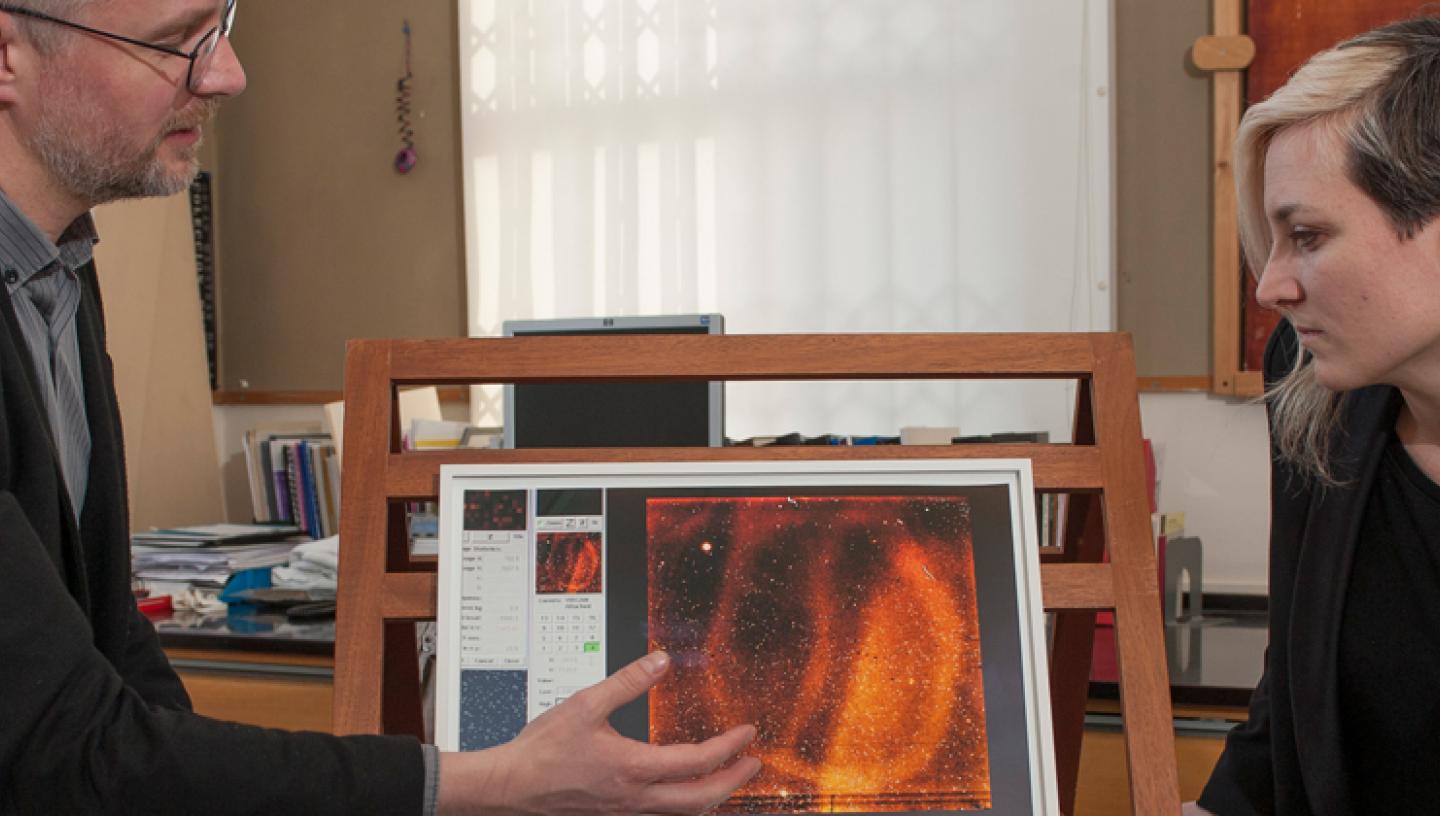
07 Apr 2016
As the closing day of the Insight Astronomy Photographer of the Year competition approaches, competition judge and art curator Melanie Vandenbrouck writes about three astronomical photographs by Wolfgang Tillmans, to be shown in the Queen’s House later this year.
I’m excited about the reopening of the Queen’s House for many reasons. One of these is the long-overdue inclusion of photography in the displays, and, more specifically, photography that straddles the disciplines of science and art or, rather, astronomy and art. In a previous blog post, I wrote about Drawing on Space, a recently acquired piece by American artist Michelle Stuart, soon to be on show in the Queen’s House’s “Cosmic Sublime” room. It will be joined by another recent acquisition, a triptych from Wolfgang Tillmans’s 2012 ESO series.
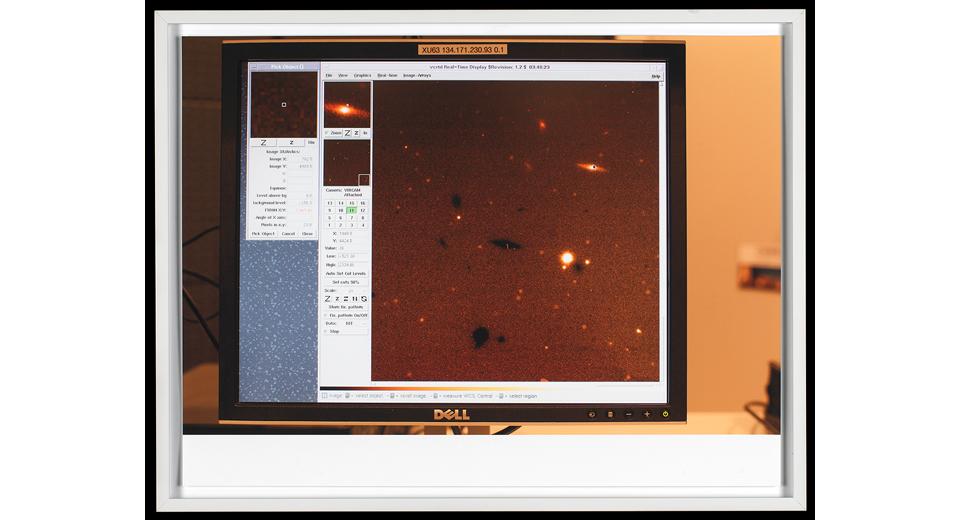
Tillmans will be known by many in the UK as a Turner Prize winner and a Royal Academician. His innovative investigation of the photographic medium, pushing, breaking and renewing its boundaries, earned him the prestigious Hasselblad Award last year.
What is lesser-known, perhaps, is that his first passion was astronomy, which he describes as his “childhood obsession”. In the late 1970s and early 1980s, aged ten or twelve, Tillmans captured from his home telescope the Moon, the Sun, or the Orion Nebula, in shots that rival, in quality and composition those of our young winners in the Insight Astronomy Photography of the Year competition. What interests me is that through astronomy, he first grappled with the use of a camera, and was initiated with the discipline and focus required by intense scrutiny – a useful learning experience for someone who would become one of the world’s leading art photographers. His first love never completely waned, though, and astronomical themes and subjects recur throughout his artistic output, as the works he lent to our Visions of the Universe show, in 2013, revealed.
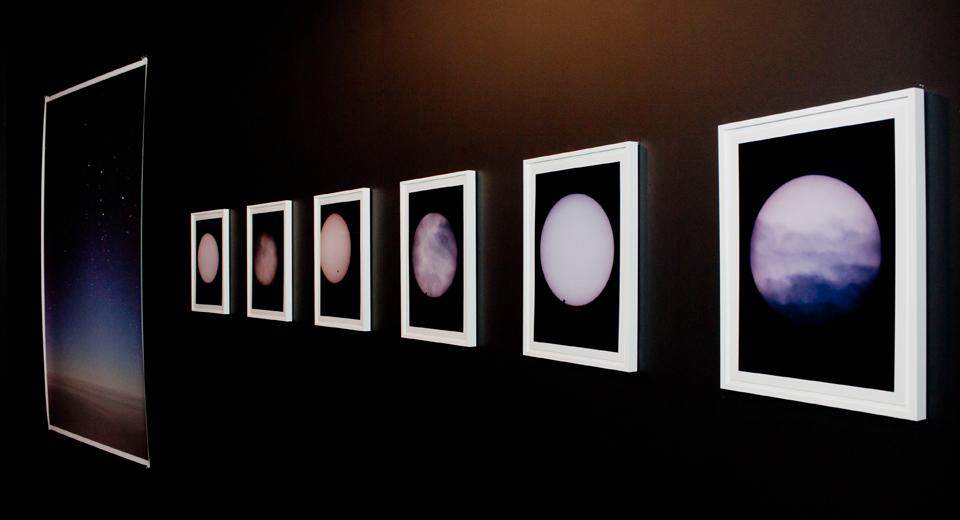
In the ‘triptych’ the Museum acquired in 2014, Tillmans explores the work of the European Southern Observatory’s telescopes at Cerro Parañal in Chile, a 21st century equivalent of the Royal Observatory Greenwich in the 19th and early 20th centuries. Its powerful telescopes peer into space to capture sights at the very edge of visibility, and Tillmans reveals the process behind the imaging of distant galaxies, turning the fleeting data from the astronomers’ computer screens into works of art.
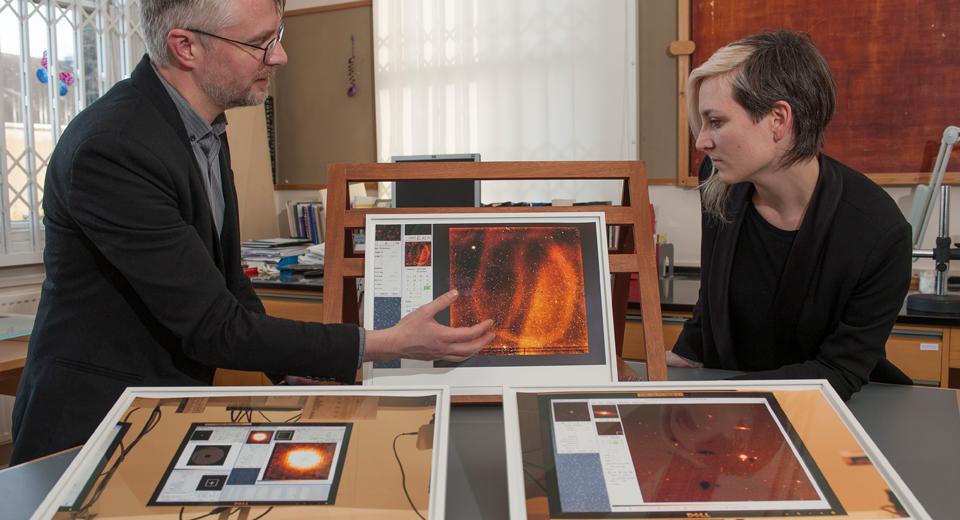
I discussed these works with our Public Astronomer, Dr Marek Kukula, and he described them as “photographs of photographs which are in the process of being created from raw data”, that is, astronomical knowledge in the process of construction. What scientists may consider to be mere intermediate stages in the data reduction process - rather than a finished product – Tillmans presents as images in their own right: digital data given materiality by their physical manifestation on a computer display screen. He also makes explicit, Marek explained, the limitations and distortions inherent in photography - factors which need to be understood by astronomers in order to interpret their data.
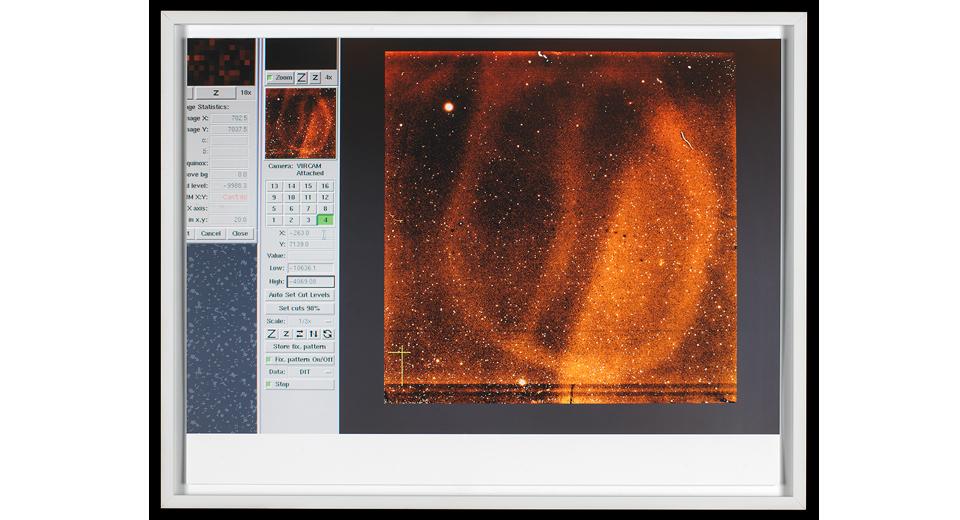
sensor flaws and dead pixels, for instance, shows a dark frame or digital blank that is, a photograph taken without exposing the camera lens to light. It reveals the flaws inherent to the camera’s chip, which will need to be removed from the later astronomical images, in order to keep the observations as flawless as possible.
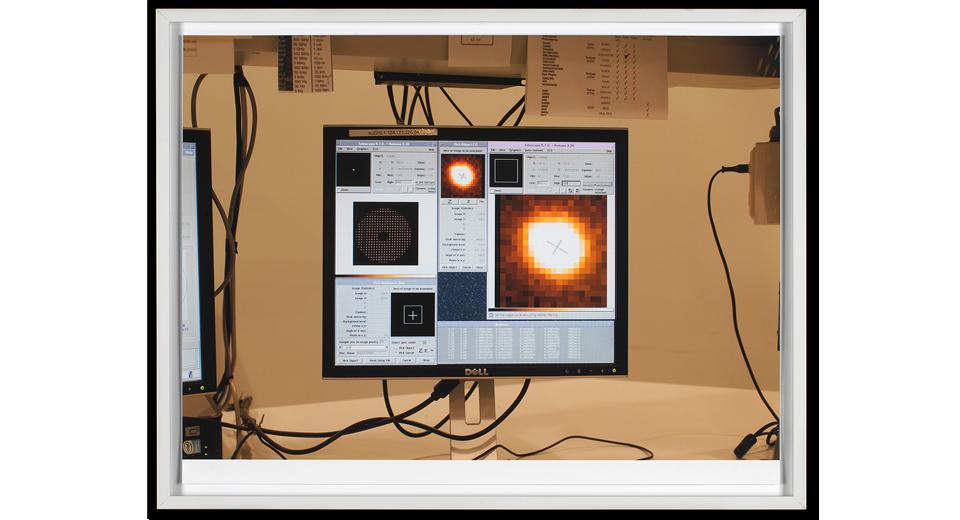
Just as the Royal Observatory Greenwich astronomers Walter and Annie Maunder commented publicly on the problems and pitfalls of photographing the cosmos, Tillmans’s astronomical artworks address the techniques and technological limitations of astrophotography. They show how the debate about the representation of the heavens continues to be relevant in the twenty-first century. As such, it is only fitting that he should join us on the judging panel of Insight Astronomy Photographer of the Year 2016